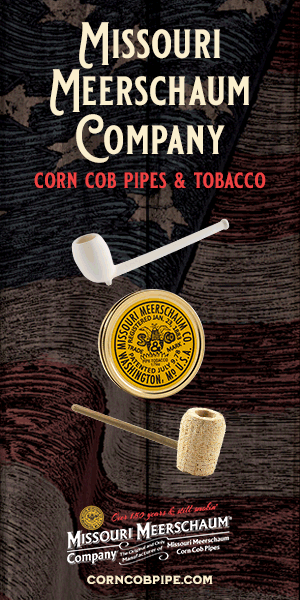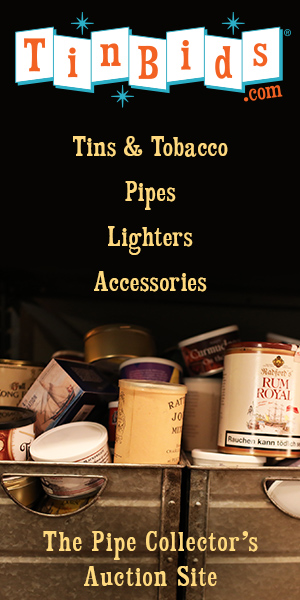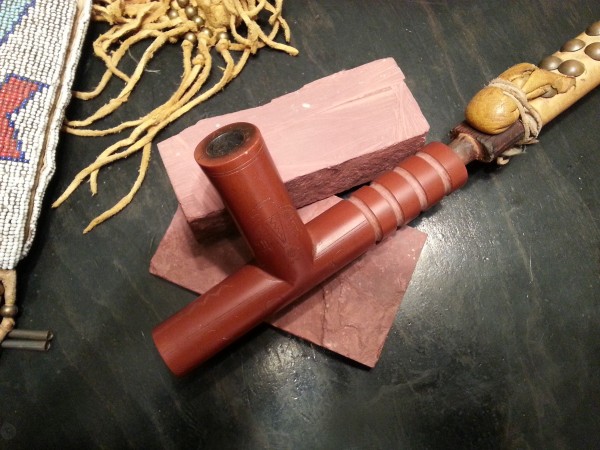I have never witnessed a meerschaum cob pipe being made, but in my head I imagine that after the corn cobs are cut and drilled, they are coated with a paste or maybe even liquid derived from powered meerschaum. Am I close?
Here's my question...
Catlinite, or pipestone as it's more commonly known, is a pinkish, chalky stone that is quarried in Minnesota. Native Americans carved (and still do carve) wonderful pipes out of this stone. It is an easy medium to carve, file, shape, and sand. When completed the pipes are covered with melted beeswax, then buffed to a glossy shine. The wax turns the stone from pink to a deep blood red color.
I have several chunks of catlinite laying around, and I was considering an attempt at making a "pipestone cob" pipe, using pipestone dust instead of powdered meerschaum. If it would work, I think it has the potential to make a really unique, very beautiful and functional cob pipe.
What do the experts think? Could this work? Is my mental image of the meerschaum cob process oversimplified?
Here's my question...
Catlinite, or pipestone as it's more commonly known, is a pinkish, chalky stone that is quarried in Minnesota. Native Americans carved (and still do carve) wonderful pipes out of this stone. It is an easy medium to carve, file, shape, and sand. When completed the pipes are covered with melted beeswax, then buffed to a glossy shine. The wax turns the stone from pink to a deep blood red color.
I have several chunks of catlinite laying around, and I was considering an attempt at making a "pipestone cob" pipe, using pipestone dust instead of powdered meerschaum. If it would work, I think it has the potential to make a really unique, very beautiful and functional cob pipe.
What do the experts think? Could this work? Is my mental image of the meerschaum cob process oversimplified?








